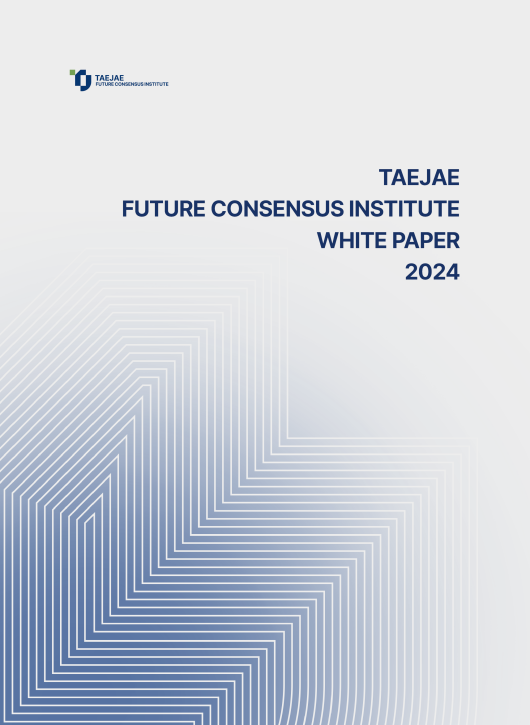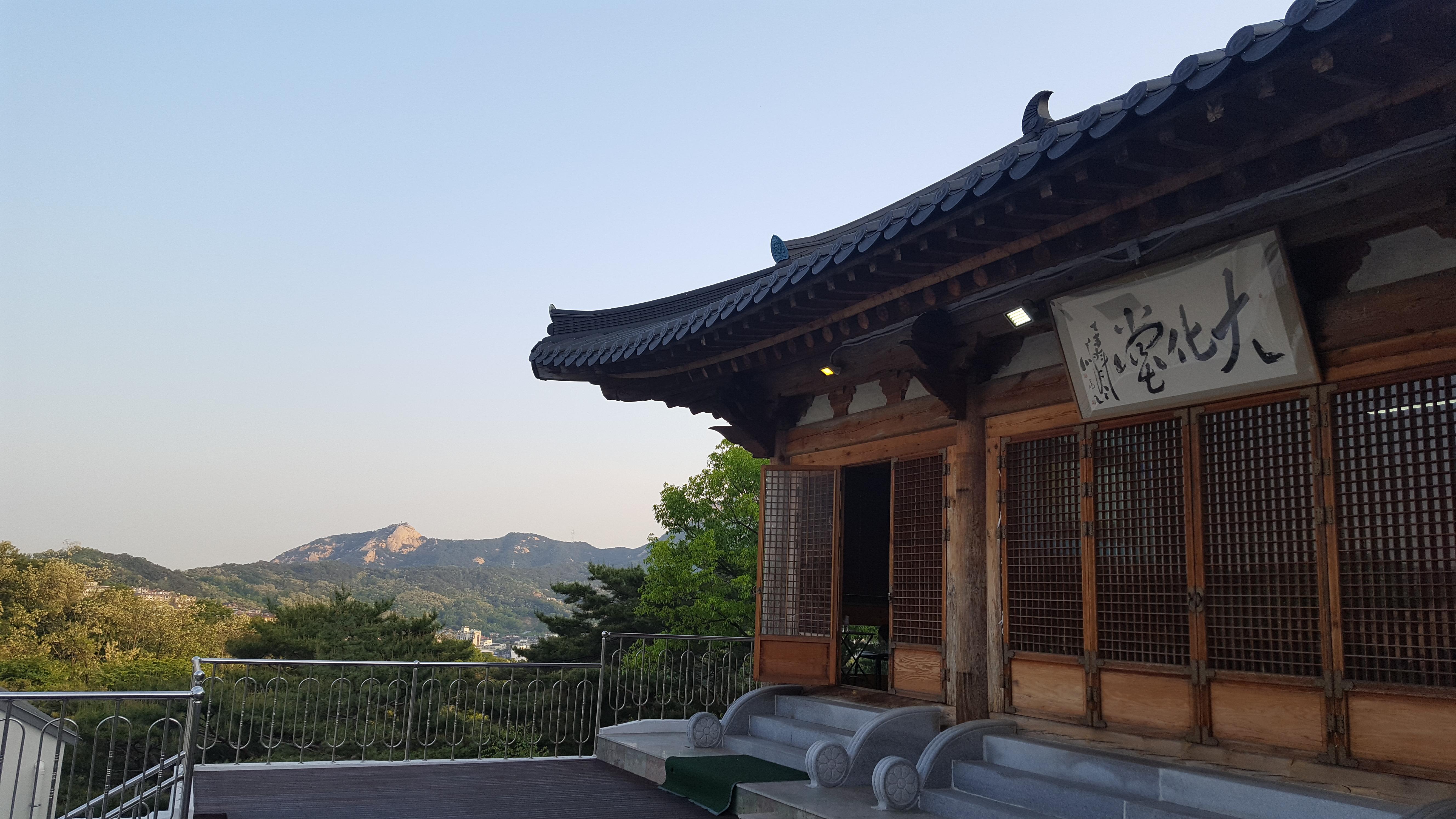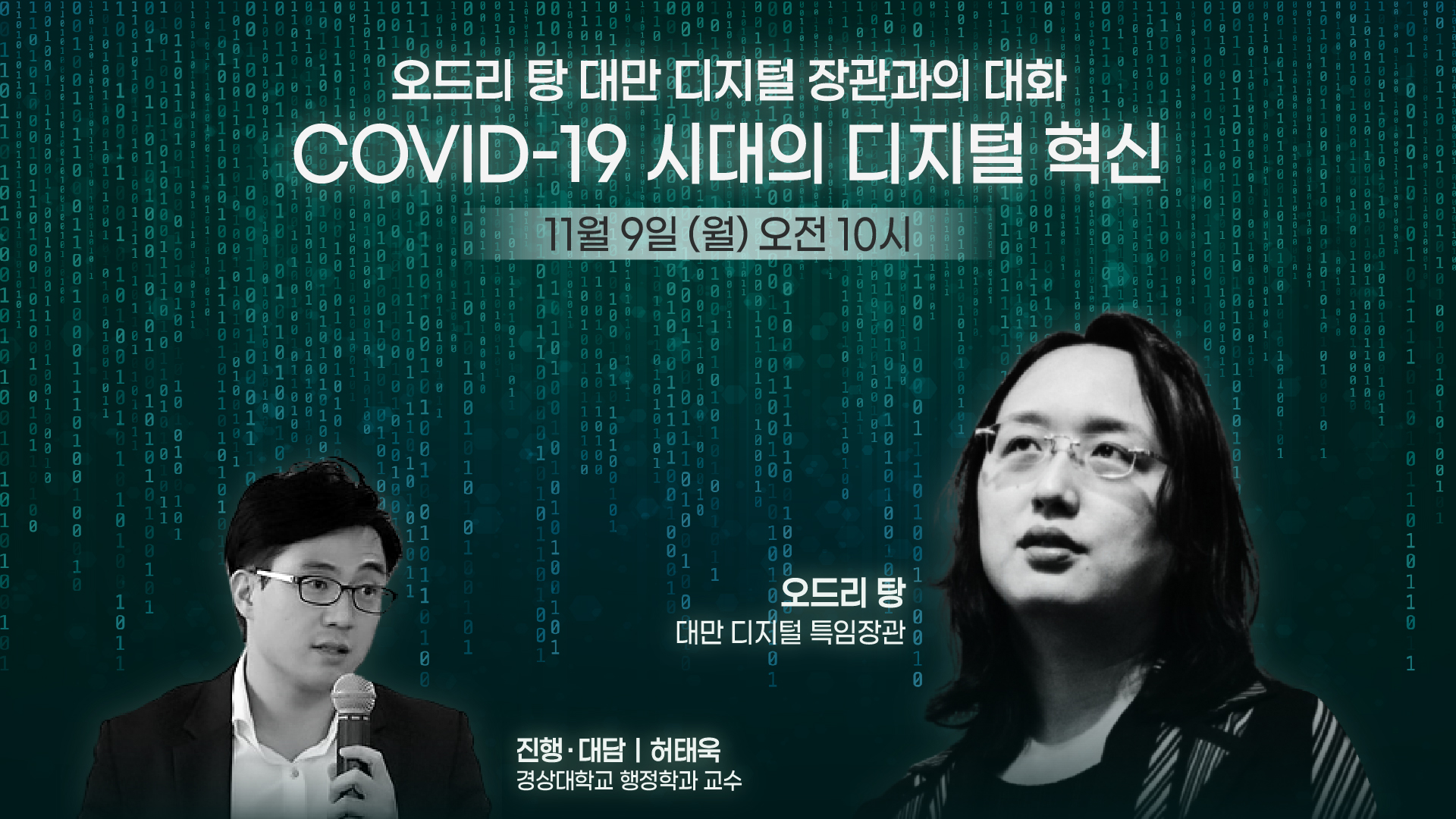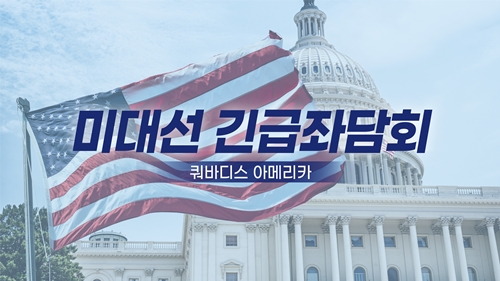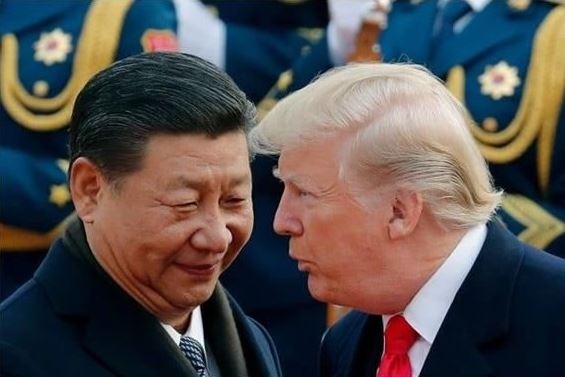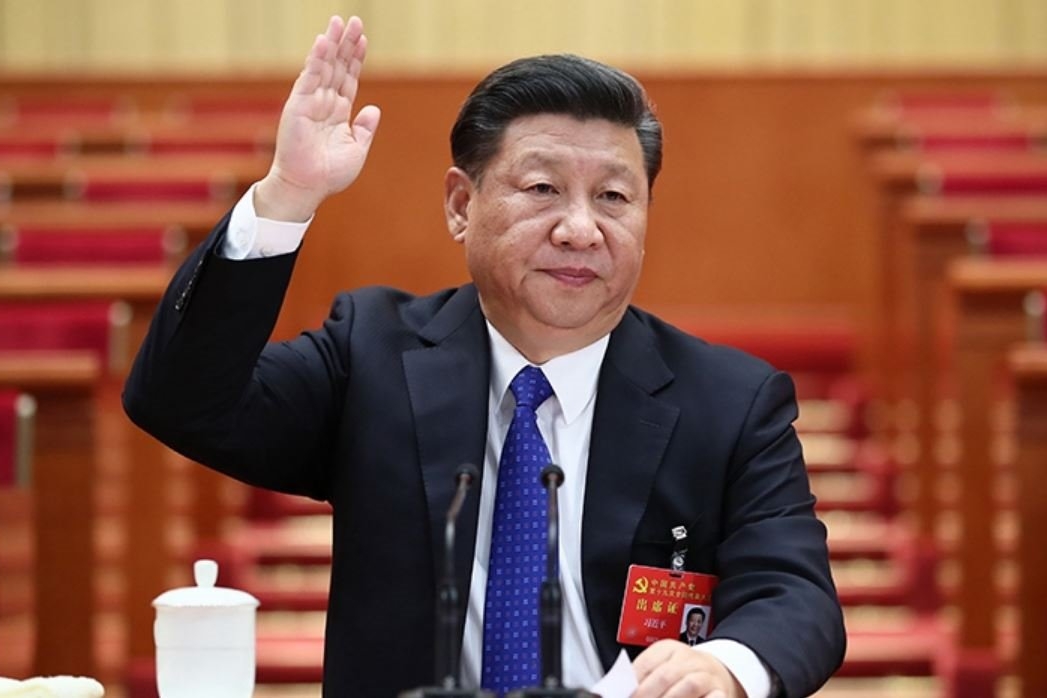Please join Yeosijae as we build a brighter future for Korea. Create your account to participate various events organized by Yeosijae.
- Insights
- |
- Global Order and Cooperation
[How Japan view China ③] US strategic perception on China: Implications for US allied partners
|
One of the biggest concerns of modern Japan is ‘China.’ There have been numerous seminars, symposiums, and private learning sessions on the topics of “The Change of China” and “The Future of US-China Relations.” Korea, as well, pays attention to the issue of how Japanese academia and elite groups view China. Consequently, Yeosijae decided to introduce four papers from Japan’s Society of Security and Diplomatic Policy (SSDP) on such themes. The papers were originally published in the Research Journal of ‘Security Studies’. |
Tsuneo Watanabe
Senior Fellow, Sasakawa Peace Foundation
 Known and unknown in the US strategy toward China
Known and unknown in the US strategy toward China
The US Department of Defense’s Indo-Pacific Strategy Report released on June 1, 2019 defined China as a revisionist power that will challenge the international order in the Indo-Pacific region. It states that “the US seeks to help build the Indo-Pacific where sovereignty and integrity are safeguarded.” In the realm of realism, the current US-China rivalry may be simply interpreted as a Thucydides trap model as Graham Allison describes: the United States, the hegemon in the current international order, would act to weaken the influence of China as its primary challenger.
It is, on the other hand, questionable whether the United States could employ a Cold War-type containment policy to “decouple” the Chinese economy from the highly interconnected global economic value chain without causing serious damage to the United States itself and to the global economy. A negative impact on the US economy could result in political damage for any presidential candidate. In the presidential election, a candidate must be subject to severe judgment about the achievements of his/her economic policy. There is also concern about the risk that China might create and run a new economic zone excluding the United States, and that as a result the United States might lose its global influence.
Another question is whether President Trump’s core supporters who favor inward-looking policies will accept tough military competition with China, which could eventually demand that the United States bear a much heavier military burden than in the Cold War era (1950-1980s).This is apparently incompatible with President Trump’s “America firstism” and the average voters’ “inward-looking” inclination.
The leadership in Congress and the Trump administration share their anxiety and negative views on China’s strategic trajectory. There is, meanwhile, no clear strategic consensus on how to urge China to take more cooperative action. It is uncertain whether the United States regards China as a decisive “existential threat” comparable to the Soviet Union in the Cold War era.
Vice President Mike Pence’s speech on China at the Hudson Institute in October 2018 comprehensively elaborated on challenges that China is alleged to present to the United States and to the international community. The speech was considered as a declaration of a new cold war against China. But it did not refer to concrete processes to achieve such strategic goals as the adjustment of trade imbalance; putting a halt to China’s troublesome behavior; the containment of China’s economic and political influence; the democratization of China, and the change of the Chinese regime. The speech also failed to mention practical tools and resources available for the United States to achieve these strategic goals. Actually, not only the Pence speech but other relevant documents issued by the US government barely touch on any comprehensive China strategy.
Engagers looking more strategic failed to deter China
Ironically, more strategic thinking was found in an open joint letter, “China is not an enemy,” which was carried in the Washington Post under the names of as many as one hundred experts on Asian issues. The open letter states that “China’s troubling behavior in recent years including its turn toward greater domestic repression, increased state control over private firms, failure to live up to several of its trade commitments, greater efforts to control foreign opinion and more aggressive foreign policy – raises serious challenges for the rest of the world.” The United States, the letter argues, should make a peremptory and effective response against these challenges. The open letter believes that “(the US’s) current approach to China is fundamentally counter-productive.” A recommendation by the co-authors of the letter is that the United States should work with its allies and partners to create a more open and prosperous world in which China is offered the opportunity to participate. They point out that “a zero-sum approach to China’s role would only encourage Beijing to either disengage from the system or to sponsor a divided global order that would be damaging to Western interests.”
Their discourse may seem to be rational at first glance and similar to moderate approaches favored by the internationalists like the Obama administration’s rebalancing policy in the Asia-Pacific region. This discourse is also an extension of that of the engagement school. However, it is an indisputable fact that engagement approaches employed by successive US administrations until the Obama Administration failed to control China’s assertive actions that would have endangered the US hegemony in the Asia-Pacific region and the world.
US engagers’ approaches like a strategic reassurance policy are increasingly less persuasive to US allies in East Asia — Japan, South Korea and Taiwan — whose national security is heavily dependent on the US military presence and actions.
Rather the Trump administration’s tough approach toward China is judged by many experts to be more effective in defending US allies from China’s aggression. For example, Gordon Chang described in his essay in the Wall Street Journal that “Mr. Trump is the only thing that stands between us and a world dominated by China.” Even a liberal internationalist like Thomas Friedman states in his New York Times article that “Trump’s instinct that America needs to rebalance its trade relationship with Beijing — before China gets too big to compromise — is correct.”
Reviewing a variety of discussions on the US China policy, President Trump’s tough balancing policy or the Obama administration’s soft engagement policy have not relieved the anxieties of US allies, since it is unpredictable when and how the United States under the current and future administrations might change its strategic trajectory, as was often the case in the past.
China is not an object of US inward-looking diplomacy
It is obvious that the Trump administration intends to employ a hardline balancing policy to curb China’s military power and to impede China from strengthening its influence in the Asia-Pacific region and in the world. In the economic domain, China deviates from the international rules of trade and economy. Anxiety arises over China’s state-sponsored technology development represented by the “Made in China 2025” initiative and the abuse of the policy called “economic statecraft” utilizing trade and economic measures for political purposes. This anxiety is shared not only inside the Trump administration but also by the bipartisan Congress and in US corporations, which are in the background of the Trump administration’s harsh trade war with China.
When considering trends in US China policy in the military as well as the trade and economic domains, US political leaders will probably pursue a balancing policy toward China over a long period of time, as long as China can threaten the overwhelming supremacy of the United States.
If, in the military domain, the United States were defeated in a struggle over not only world and regional hegemony but also security supremacy, US territorial defense would be exposed to direct threats. The inward-looking Trump administration is critical of “overstretching” military resources to areas irrelevant to US defense, such as Afghanistan and Syria. US territorial defense will continue to be a priority issue for the administration.
For example, Secretary of State Mike Pompeo delivered a speech on America firstism diplomacy at the Claremont Institute, California, on May 11, 2019, appealing to inward-looking American citizens. In this speech, Pompeo talked about the basic philosophy of the founding fathers of the United States, especially the diplomatic philosophy of President John Quincy Adams, who as Secretary of State drafted the Monroe Doctrine. The basic philosophy of President Trump’s America firstism diplomacy overlaps with Adams’.
According to Pompeo, J. Q. Adams’ diplomatic philosophy is three-pronged: Realism, Restraint, and Respect. He quoted Adams’ words (1821): “America goes not abroad in search of non-existent monsters to destroy.” Pompeo criticized the foreign policy of past Secretaries of State, Albright, Rice, Clinton, etc. as adventurism that should be called New Colonialism in the 21st century. According to Pompeo, Americans in the post-WW II era favored international adventurism influenced under such geopoliticians as McKinder and Spikeman. Pompeo argued that it is time to go back with restraint prior to this adventurism.
However, Secretary of State Pompeo does not think that US engagement should be restrained even if US supremacy may be lost or homeland defense in danger. He said in the same speech that the United States is focusing on strategically more important areas, working with countries that share democratic values, and guarding against countries like China and Russia that do not. In other words, under the name of America first, the Trump administration aims at reducing US military involvement in low-priority countries like Afghanistan and Iraq, but will deal differently with such countries that would pose a direct threat to its own defense.
Military strategist’s view of China and the importance of allies
If, as a matter of fact, China’s power projection capability enabled its naval force to go beyond the first and second island chains and to operate freely in the western Pacific, the Chinese naval force would encounter no obstacle at sea until the west coast of the United States. In fact, shortly after the Japanese attack on Pearl Harbor in 1941, US citizens in California feared possible surprise attacks by the Japanese military, and were frightened by groundless rumors. Now that military technology has significantly progressed since those days, Americans, with this precedent in mind, would not leave China’s military rise as it is and expose the US’ front line of defense to dangers.
In this sense, the United States anticipates and evaluates as a significant capability the deployment of anti-ship missiles on Japanese islands located along the first island chain that would block Chinese naval force’s advancement to the Pacific Ocean. For example, Andrew Krepinevich, founder of a US think tank Center for Strategic and Budgetary Assessments (CSBA), discussed in his contribution to the Japan-US Program of the Sasakawa Peace Foundation, “Archipelagic Defense: The Japan-U.S. Alliance and Preserving Peace and Stability in the Western Pacific,” the importance of defense of the first island chain extending from the Japanese archipelago through Taiwan and the Philippine Islands.
China’s assertive movement, Krepinevich argues, is both the characteristics of an emerging nation and a reflection of Chinese strategic culture; as a result of China’s expansion of military capabilities, actors in the Indo-Pacific region would possibly be obliged to admit China-led regional rules. Similarly, Krepinevich points out that China is aiming at the “Finlandization” of the region. In 1948, Finland signed the Finnish-Soviet Treaty of Friendship, Cooperation and Mutual Assistance and was put under the influence of the Soviet Union while maintaining its parliamentary democracy and capitalist economy.
Krepinevich defines US strategies as making Chinese leaders aware that China has no advantage in terms of military balance, and keeping them aware that China could not achieve political goals through the use or display of force. China believes that the first and second island chains geographically hinder its access to the Pacific, and that its trade activities, or the lifeline of the Chinese economy, are restricted. China, Krepinevich points out, also believes that if the US military retreats from the first island chain back to the second island chain, the United States will lose strategic depth and its base for operations along China’s coastal areas, which will contribute to the security of China.
The effective range of China’s medium-range ballistic missiles and fighter jets is thought to be 800-900 miles from mainland China. While the southern part of the Philippine Islands and parts of Honshu and Hokkaido are located outside this range, other parts of Honshu and the Nansei Islands are within this range. If Japan — an advanced industrial state with the world’s third-largest economy —, or Taiwan, a developed economy, were “Finlandized (fell under China’s influence),” the global military balance would be tilted in favor of China. The purpose, therefore, of the Japan-US alliance is to deter China from achieving revisionist goals by aggression or coercion. To that end, the United States should form a coalition with Japan, Taiwan and the Philippines, in order to establish a military balance that could enable a successful defense of the three states comprising most of the first island chain and, by extension, other like-minded states in the West Pacific Theater of Operation.
In this context, seeing that the Japan Self-Defense Forces have deployed anti-ship missiles in the Nansei Islands, Krepinevich points out that Japan is already acting to utilize its advantage in several islands of the Ryukyu Islands. He anticipates the construction of defense structures that could provide mutual support along the entire areas of the Ryukyu Islands.
The US Department of Defense’s Indo-Pacific Strategy Report mentioned earlier enumerates Singapore, Taiwan, New Zealand, and Mongolia as partner states with which the United States is strengthening security cooperation, besides its allies — Japan, South Korea, Australia, the Philippines, and Thailand. Lists Mongolia. The objective of US defense of Taiwan, the report states, is to “ensure that Taiwan remains secure, confident, free from coercion.”
In July 2019, the Trump administration asked for congressional approval to sell weapons worth US$2.2 billion to Taiwan, including 108 M1A2T tanks, 250 stinger missiles, 66 F16V fighter jets. The sale of weapons to Taiwan, which was limited under the Obama administration, was thus enlarged. From China’s point of view, this sale is an apparent challenge to the “core interests” of China, and deserves strong condemnation. The sale in question may have a dual purpose to maintain the military balance between China and Taiwan and to safeguard the first line of defense directly linked to the US homeland defense.
Long-term trend of US policy toward China and Japan’s China policy
Looking back on the past history, it is impossible to predict the US China policy in the short term. The United States and China will as before continue the game of competition and compromises, which is characteristic of major power diplomacy. Meanwhile, analyzing together the historical background, geopolitical factors, and American strategic overview, the US China policy in a longer perspective seems to be shifting to a new phase of what is to be called “competition paradigm” from the “engagement paradigm” that lasted for a long time from Nixon’s1972 visit to China through the Obama administration.
What US allies in Asia should do at present is to make efforts to further enhance the capabilities and reliability of the US alliances without missing the current timing when the momentum of US concerns about China is at its height. At least, it will be the most immediate goal for the US’s Asian allies to maintain and even upgrade the alliances to secure regional military balance and to reduce the possibility of Chinese adventurism in the region. In this sense, now is the most opportune time for the US’ Asian allies to work together with hardliners of the Trump administration, the DOD, and the US military for the purpose of advancing mutual cooperation to maintain and strengthen deterrence capabilities against potential aggression from China.
It should be noted, on the other hand, that the future US “counter paradigm” will not necessarily be accompanied by containment. Rather, it is more likely that a hawk engagement will be adopted. This is because there is a recognition in the United States that a complete disruption of economic relations with China would not be advantageous to the United States. Moreover, given the possible damage to the US economy, it will not be a practical option for US political leaders who must face elections every four years.
Some of the ambiguous points in the speech of Vice President Pence at the Hudson Institute in November 2018 that have been pointed out at the beginning of this paper were clarified in his second speech on Chinese issues at Woodrow Wilson Center in October 2019. They are related to a “hawk engagement” policy in the “counter paradigm.”
The Pence speech in October 2019 stated that “the United States now recognizes China as a strategic and economic rival,” articulating US readiness to confront China. Vice President Pence strongly criticized China over its human rights situation; unfair state subsidies to the Chinese manufacturing industry; intellectual property infringement; expansive actions in the East and South China Seas; pressure against Taiwan and democratization in Hong Kong, and efforts to influence US public opinion.
Meanwhile, the speech suggests the continuation of engagement as follows:
And people sometimes ask whether the Trump administration seeks to “de-couple” from China. The answer is a resounding “no.” The United States seeks engagement with China and China’s engagement with the wider world, but engagement in a manner consistent with fairness, mutual respect, and the international rules of commerce.
The hawk engagement policy differs from the conventional engagement policy in that it will not aim to decouple the Chinese economy. However, in order not to give China military advantage in the future, it will call for China’s respect for intellectual property rights, warn about China’s state-sponsored technology development such as the “Made in China 2025” initiative, and impose severe restrictions upon the inflow of cutting-edge technology into China that might undermine US military superiority. The Pentagon’s 2019 Annual Report to Congress on China’s military development clearly shows its awareness of the problem:
China’s military modernization also targets capabilities with the potential to degrade core U.S. operational and technological advantages. China uses a variety of methods to acquire foreign military and dual-use technologies, including targeted foreign direct investment, cyber theft, and exploitation of private Chinese nationals’ access to these technologies, as well as harnessing its intelligence services, computer intrusions, and other illicit approaches.
On the other hand, US allies should take into account the possibility that the Trump administration or post-Trump administration may take a softer engagement policy as a temporary compromise. Looking back on the US China policy since President Nixon’s surprise 1972 visit to China, the period during which a stable line of policy toward China was pursued was short. After switching from the previous containment in 1972, the United States has continued to alternately employ hardline measures and cooperative measures in the engagement paradigm.
However, it is unlikely that the US China policy will shift once again from the “counter paradigm” to the “engagement paradigm.” In the “China is not an enemy” open letter, the engagers expressed concern about China’s problematic behavior and stressed the importance of cooperation with US allies. Unless there take place major changes in China’s current behavior, the “counter paradigm” will continue. What US allies should do is to maintain a solid military relationship with the United States, while maintaining policy flexibility in trade and diplomacy with China.
Reviewing the past, US allies in Asia including Japan have been flexibly adapting themselves to changing US policies, to thereby defend their territories and economic prosperity, and to maintain regional stability. To stabilize the situation of the Indo-Pacific region affected by increasing Chinese influence, the United States and its allies will need approaches from both two major pillars of international relations theory, realism and liberalism.
For example, Japan’s “Free and Open Indo-Pacific Initiative” is a mixture of realism and liberalism.
Among its liberal elements are Japan’s efforts to provide countries in the Asia-Pacific and Africa with public goods conducive to the regional stability through such activities as continuing economic development aid, and direct assistance and capacity building support in those countries. Realism elements include Japan’s military building efforts and the fostering of a still closer alliance with the United States, thereby to forestall China’s adventurism and to safeguard Japan’s security and national interests.
Japan’s two-faceted proactive policy will at least contribute to maintaining the liberal international order in the region. It would be commendable if Japan, together with Australia, Taiwan, India, Mongolia, and ASEAN countries, and in the long run South Korea, take initiative in creating a system to jointly shoulder the costs for public goods borne so far solely by the United States. Such a move would help placate inward-looking US voters discontent with the inequitable defense burden sharing, and make US military presence in the region sustainable.
(This paper was translated into English by Tsutomu Inuzuka, SSDP Associate)
< Copyright holder © TAEJAE FUTURE CONSENSUS INSTITUTE, Not available for redistribution >

